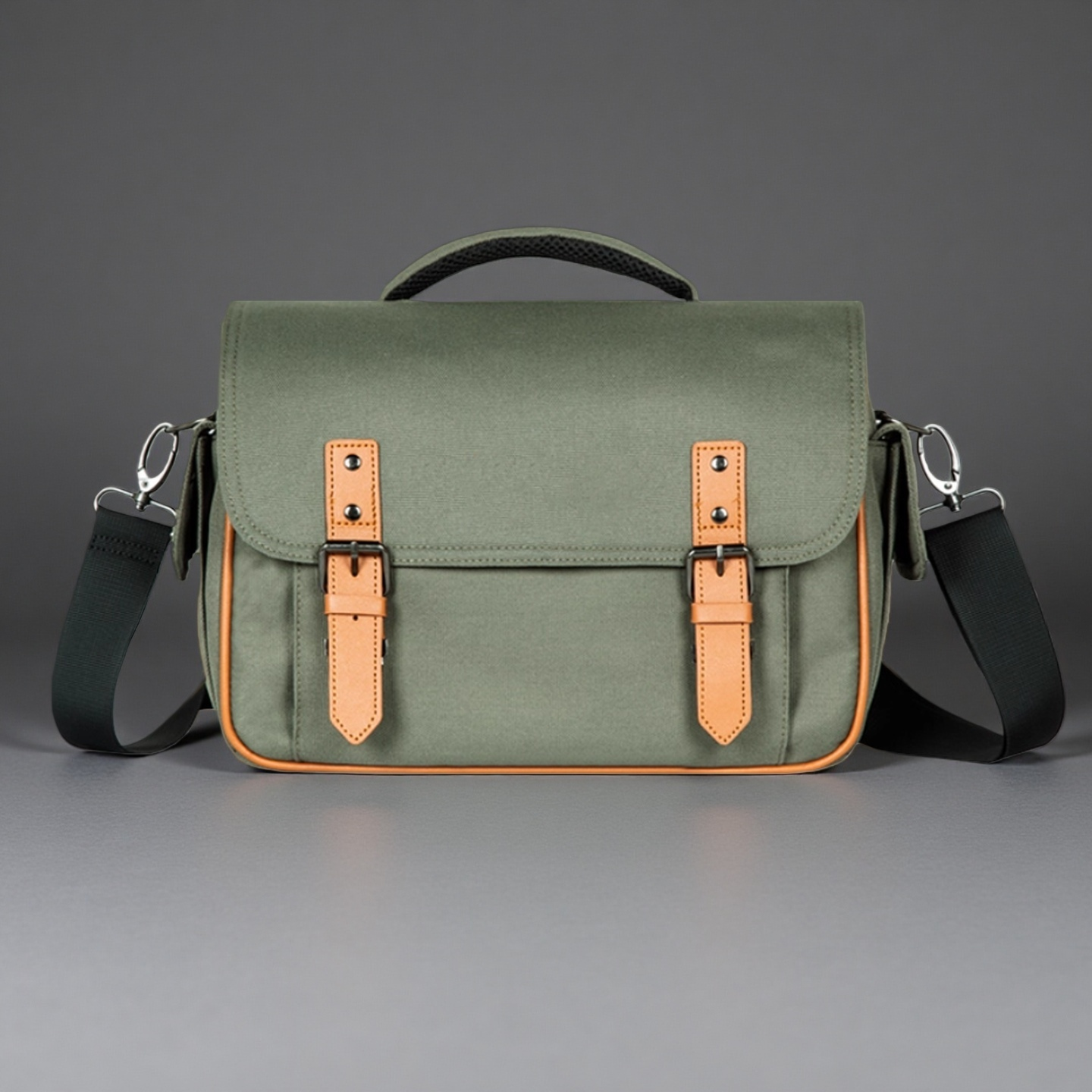
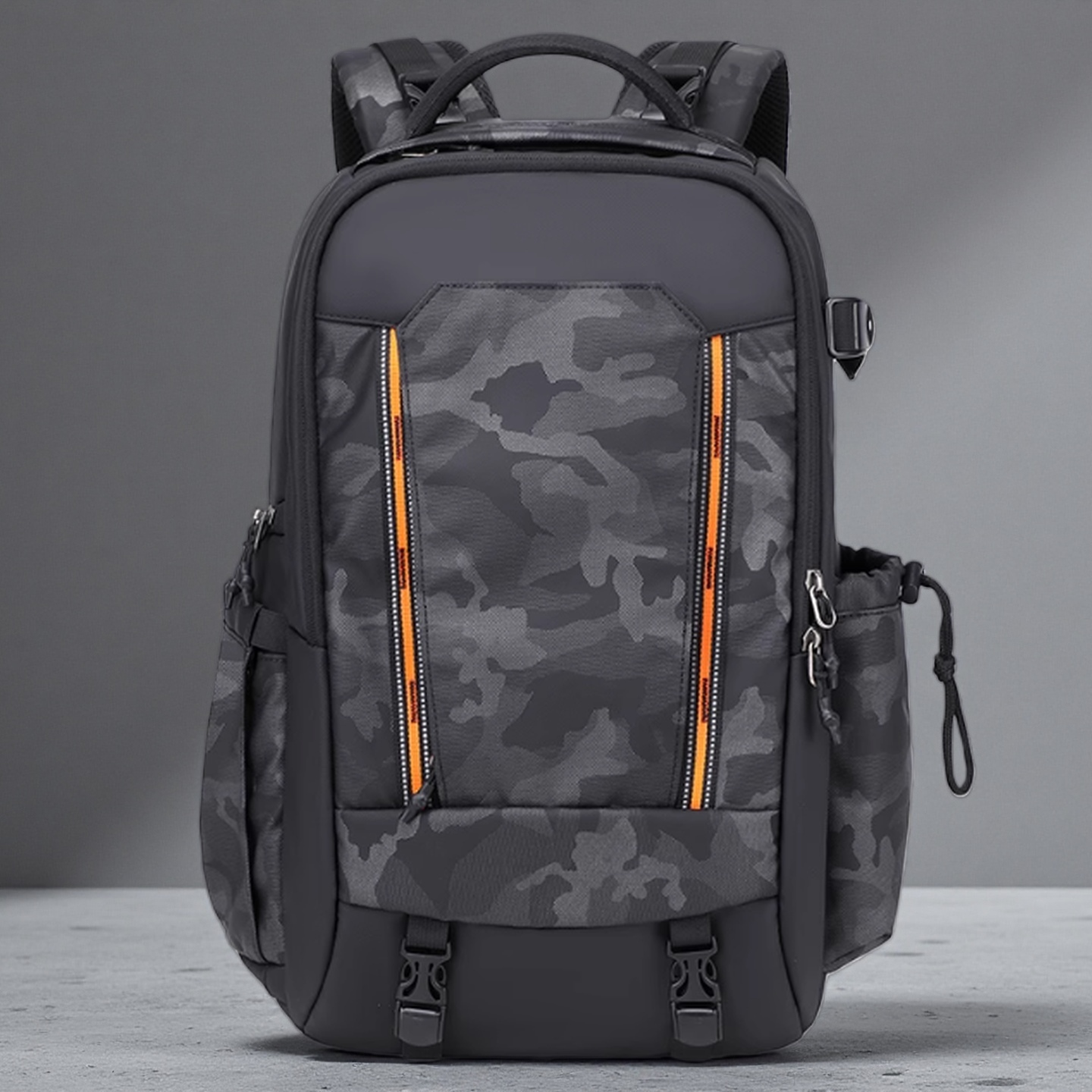
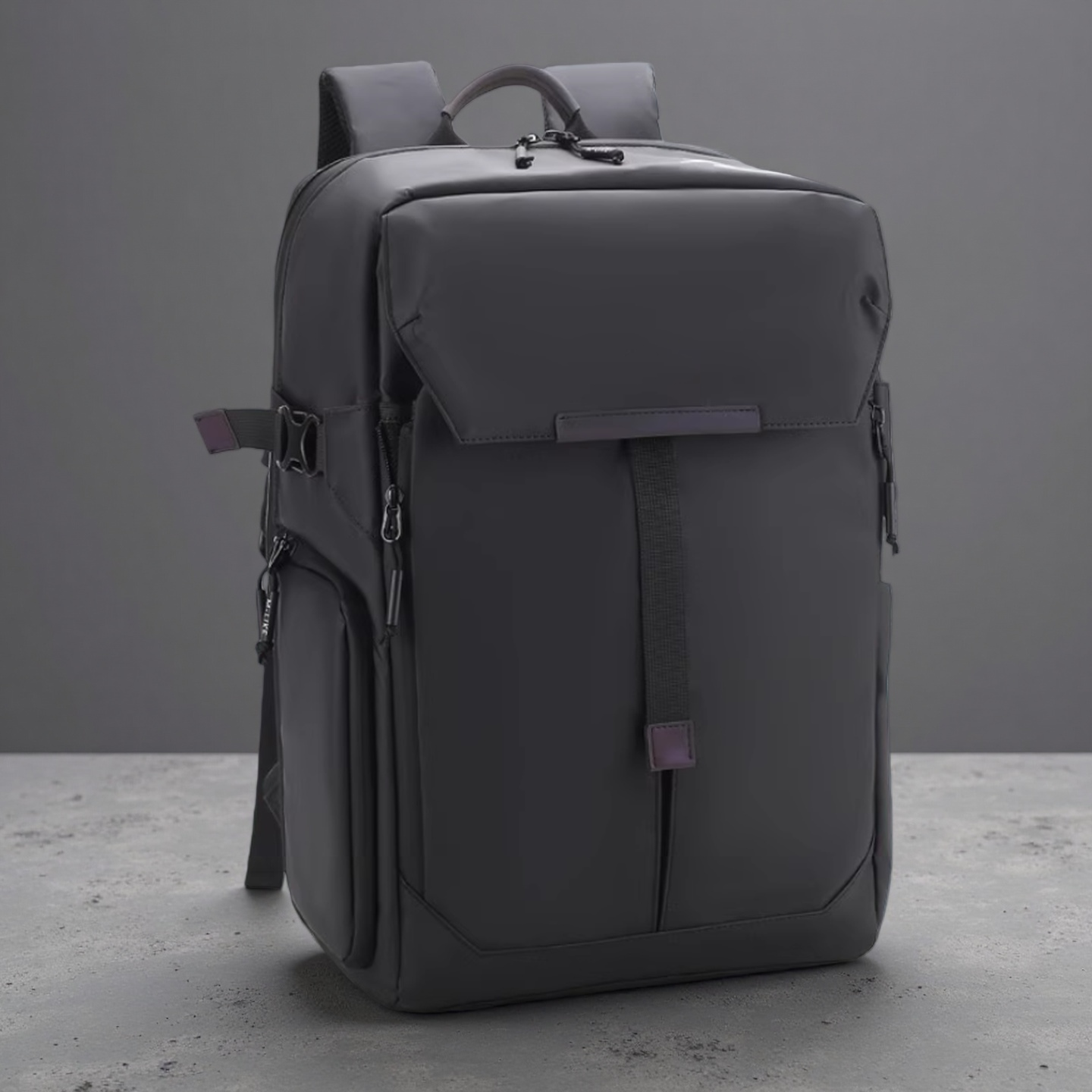
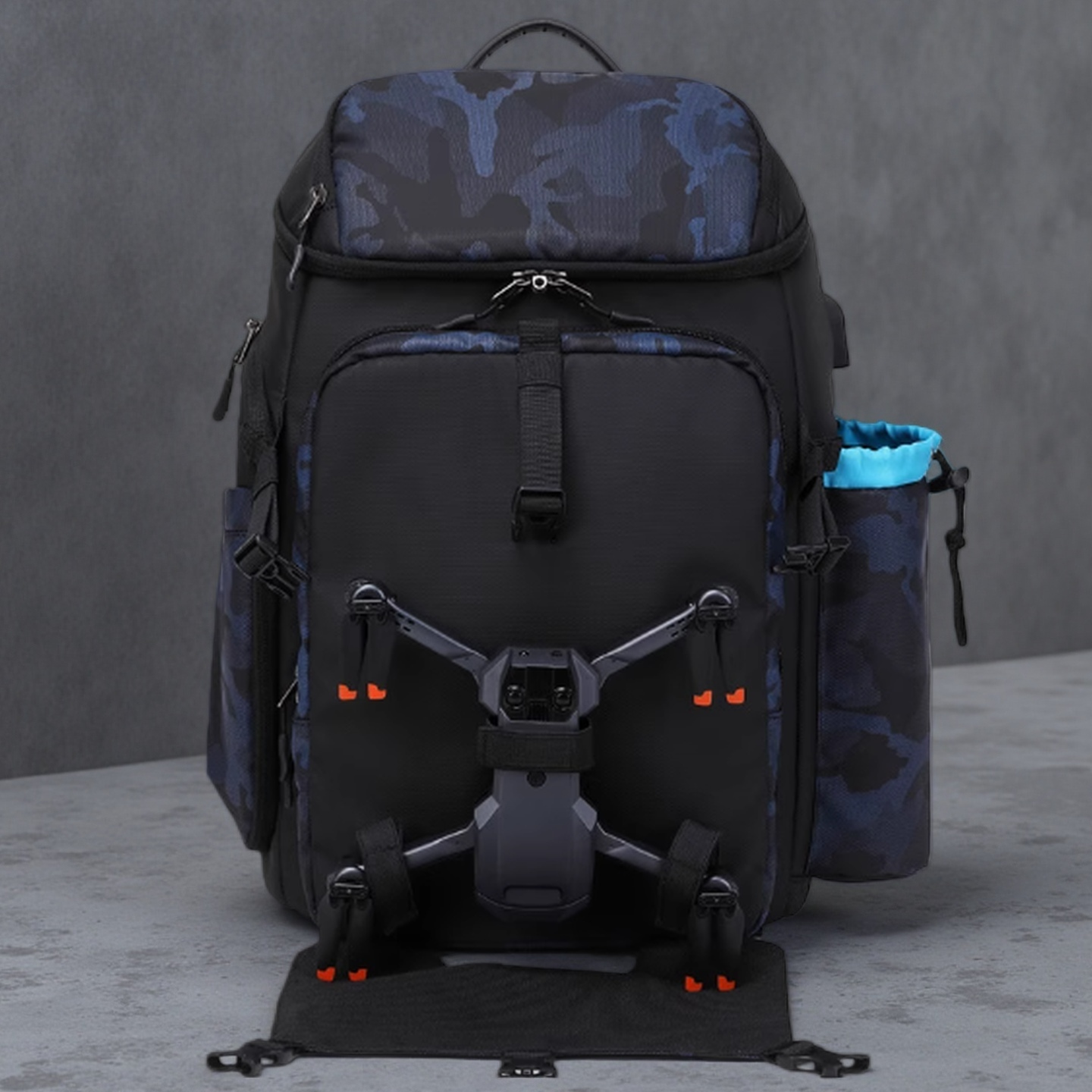




In the fast-paced world of fashion, terms like “premium materials” and “superior quality” are often thrown around by suppliers vying for attention. For brands seeking custom bag manufacturers—whether for PU bags, backpacks, travel luggage, or accessories—the challenge lies in cutting through the noise to understand what “quality” truly means. Let’s explore how to redefine quality in a way that aligns with real-world needs and market success.
Many suppliers claim their products are “the best” simply because they use thicker fabrics or exotic materials. But does this guarantee market success? Not necessarily. While high-end materials like full-grain leather or technical textiles have their place, they aren’t universally suitable. For instance:
Overengineering: A backpack designed for urban commuters doesn’t need the same ruggedness as mountaineering gear. Excessively thick materials may add unnecessary weight and cost, alienating budget-conscious consumers.
Mismatched Aesthetics: A luxury handbag brand targeting millennials might prioritize vegan leather for its ethical appeal over traditional leather, even if the latter is technically “higher quality”.
Quality, therefore, isn’t a one-size-fits-all metric. It’s about alignment: matching material choices to the product’s purpose, target audience, and budget.
To create products that resonate, focus on these pillars:
1. Functionality Over Flashiness
A bag’s quality starts with its ability to solve problems. For example:
Durability: A travel suitcase needs reinforced zippers and scratch-resistant surfaces, while a casual tote might prioritize lightweight flexibility.
User Experience: Features like ergonomic straps, intuitive compartments, and water-resistant linings enhance practicality—key factors in customer satisfaction.
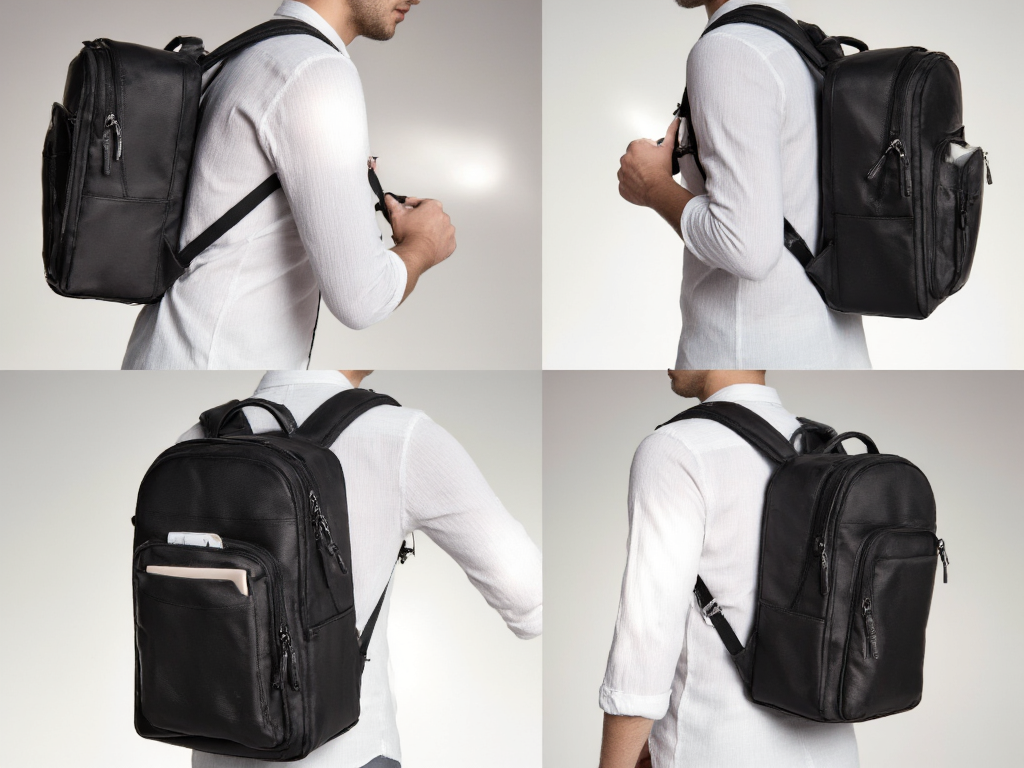
2. Material Intelligence
The “best” material isn’t the most expensive—it’s the most appropriate. Consider:
·Fabric Performance: PU synthetic leather can mimic luxury textures at a fraction of the cost, ideal for brands balancing style and affordability. For instance, iconic brands like MCM and Louis Vuitton use PVC-based materials for their signature monogram designs—not genuine leather—due to its durability, abrasion resistance, and ability to maintain structured silhouettes, all while offering cost efficiency.
·Aesthetic Consistency: Colors and textures must align with the brand’s identity. A minimalist brand might opt for matte finishes, while a bold streetwear label could embrace metallic accents.
This placement leverages the example to reinforce the article's point about selecting materials based on functional and aesthetic needs rather than price or tradition. The translation maintains technical accuracy while preserving the original message:
"Fun fact: The monogram fabrics used by MCM and Louis Vuitton aren’t genuine leather—they’re made of PVC. While PVC isn’t as costly as leather, it offers superior durability and abrasion resistance, plus it holds its shape better for structured designs."
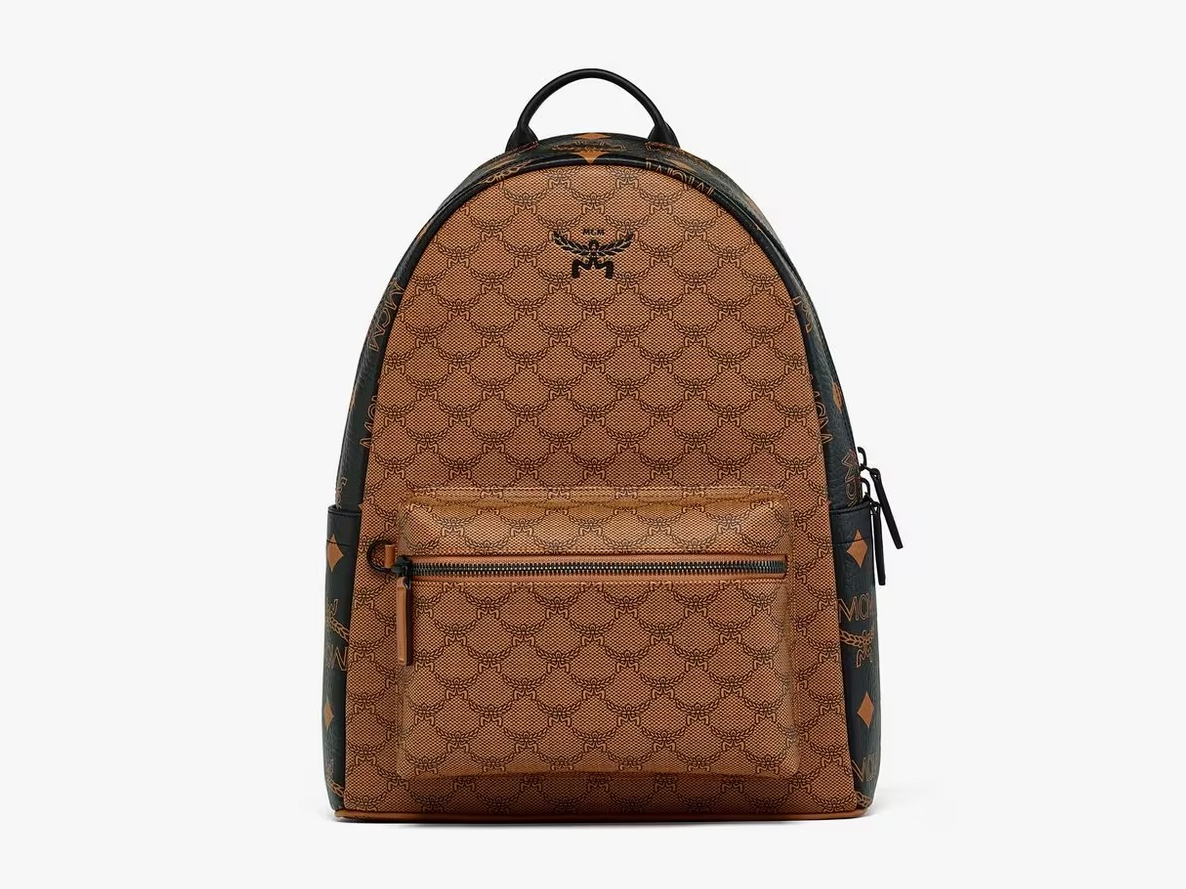
3. Sustainability as a Quality Benchmark
Modern consumers increasingly equate quality with ethical production. Prioritize:
Eco-Friendly Materials: Recycled polyester or organic cotton reduces environmental impact while meeting durability standards.
Transparent Supply Chains: Brands value suppliers who ensure fair labor practices and traceable sourcing—a growing differentiator in the market.
4. Precision in Craftsmanship
Even the best materials fail without skilled execution. Key details include:
Stitching and Seams: Tight, even stitching prevents fraying; reinforced stress points extend product lifespan.
Finish Quality: Neat edges, aligned patterns, and odor-free finishes signal professionalism.
When selecting a custom bag partner, look for:
Adaptability: A supplier who asks about your target audience’s preferences (e.g., Gen Z’s love for bold colors vs. corporate clients’ need for understated elegance).
Problem-Solving Expertise: Can they suggest cost-effective alternatives without compromising functionality? For instance, using laminated fabrics for water resistance instead of costly waterproof coatings.
Collaborative Development: The best suppliers act as partners, offering insights on trends like modular designs or anti-theft features tailored to your market.
Why Choose Us?
At [Your Company Name], we redefine quality through smart customization. With deep expertise in materials—from eco-conscious PU to high-performance nylon—we collaborate closely with brands to create bags that balance aesthetics, functionality, and budget. Our team thrives on understanding your vision, ensuring every stitch aligns with your brand’s DNA. Let’s craft solutions that don’t just meet standards but exceed expectations.
Conclusion: Quality is Contextual
In fashion, the “best” quality isn’t about chasing specs—it’s about crafting products that resonate with real people. By prioritizing functionality, material intelligence, sustainability, and craftsmanship, brands can build loyalty without overspending. For suppliers, success lies in listening, adapting, and delivering solutions that turn client visions into market-ready realities.
Ready to elevate your brand’s bag collection? Partner with a supplier who understands that quality is as much about empathy as it is about expertise. [Contact us] today to start your journey toward smarter, more impactful designs.